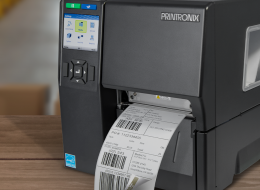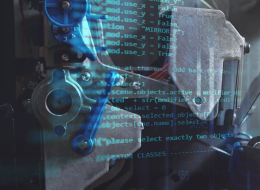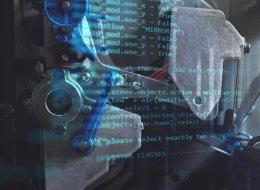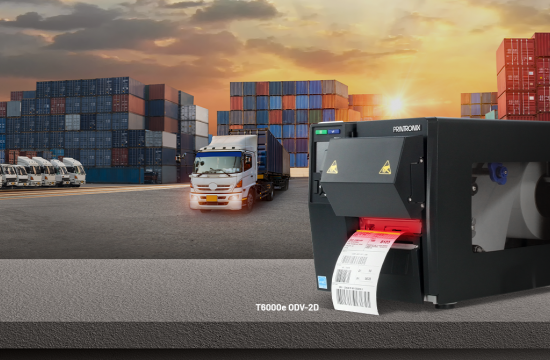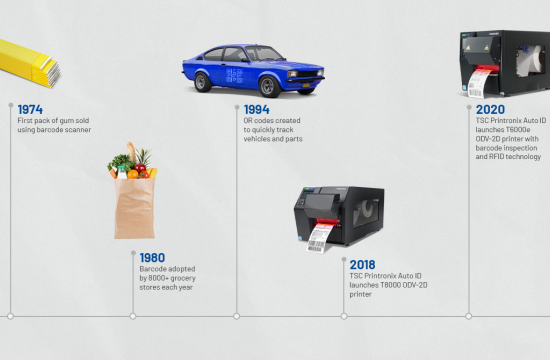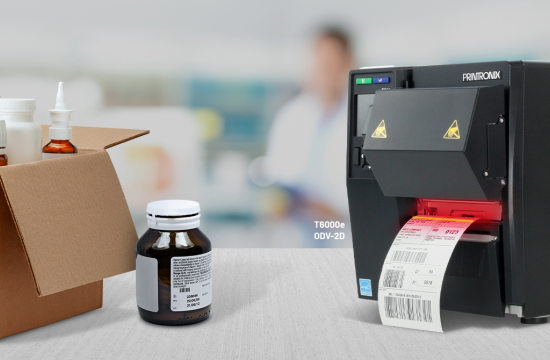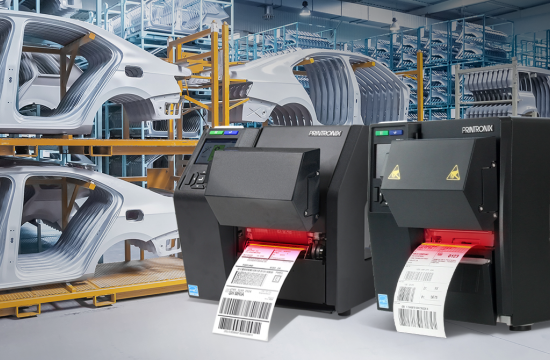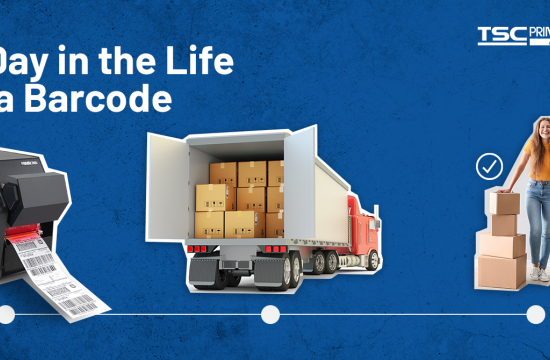Barcode Inspection
Barcodes are ubiquitous, store a lot of information, and speed transaction processing. If a barcode is not readable by the next scanner in the process, all the benefits are lost. If it is a QR code connecting a consumer with a company, the link is lost.
In March, we upgraded our award-winning Printronix Auto ID T6000e enterprise industrial printer adding integrated RFID and barcode inspection capabilities.
Barcode technology has been a massive success since its introduction to the retail space in 1974 when a pack of Wrigley’s chewing gum became the first commercial item scanned using a barcode. Since then, barcodes have become truly universal.
The world is facing an unprecedented global effort to create, distribute, and administer COVID-19 vaccines. As pharmaceutical companies rush to distribute the COVID-19 vaccine around the world, the supply chain needs to be prepared to deliver billions of vaccines in a short amount of time.
Accurate and timely information is critical to improving patient health and saving lives. Nurses check medications against a patient’s wristband to ensure a specific dosage of a specific medication is given at a specific time.
Thorough label inspection can save you time, money, and your reputation as a distributor or manufacturer. Avoid chargebacks and other penalties by ensuring every barcode on every label is accurate and high-quality.
In a measure to expand and strengthen our ODV-2D inline barcode verifier portfolio, we are proud to announce our partnership with InterVision Global, an expert in complex inspection solutions for industry compliance.
For over 46 years, barcode technology has been used to accelerate the extraction of data from product and shipping labels. In many industries, labels are applied to items to convey information to the manufacturer, the end-user, and anyone along the supply chain.
Barcodes have come a long way since their first commercial use in 1974 when just eight digits were transferred in a barcode on a package of chewing gum.







